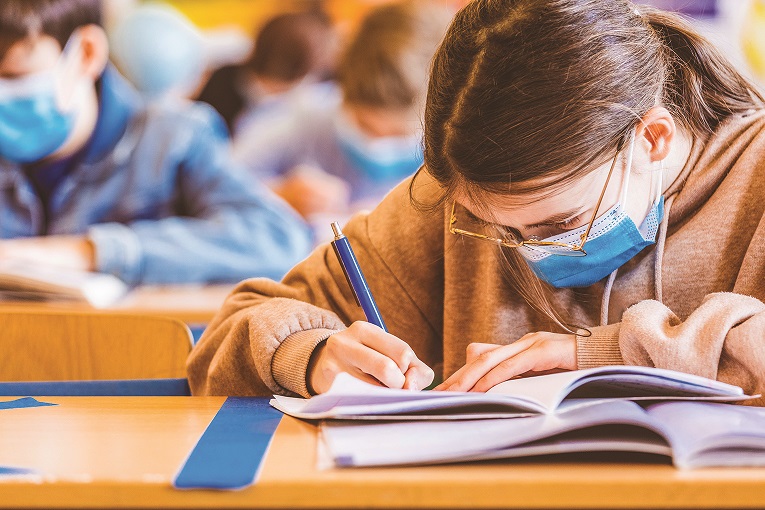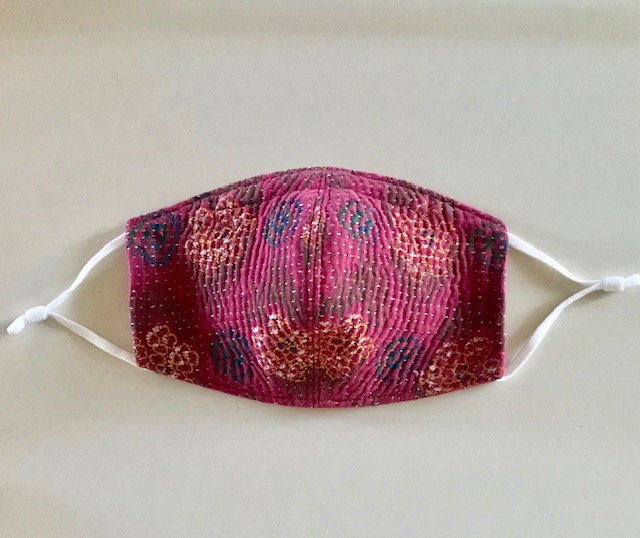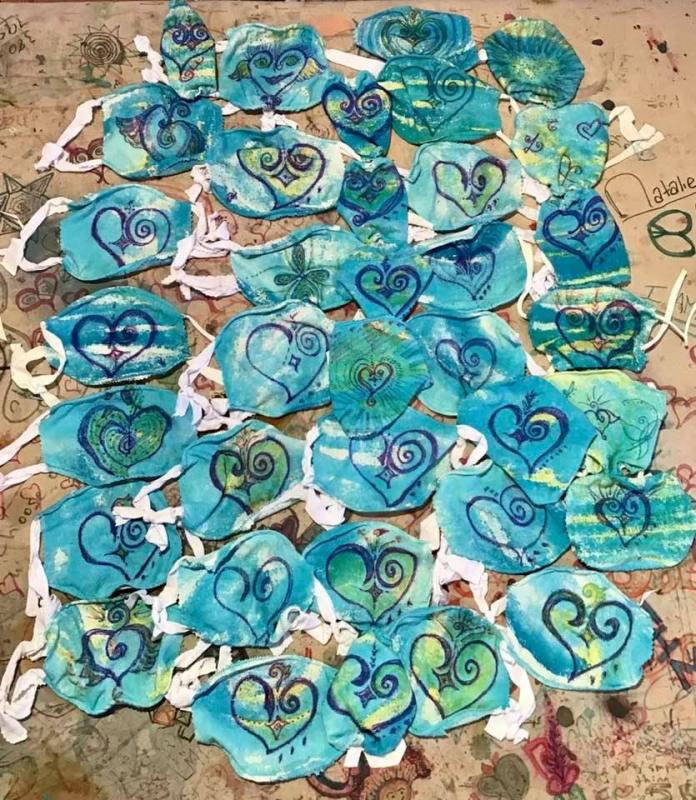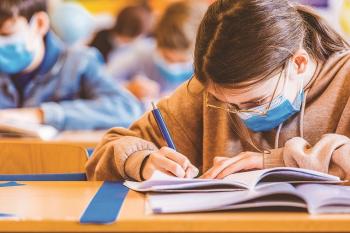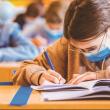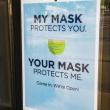Masks: The 2020 accessory everyone should have
Time was face masks were just for medical professionals, and for Halloween and masquerade parties. In 2020, they became an accessory for protection against the highly contagious coronavirus, aka COVID-19.
The Centers for Disease Control and Prevention recommend face coverings with two or more layers of breathable fabric – even with a face shield; it’s not known how effective those shields are alone. The CDC does not recommend shields as a substitute for masks or N95 masks with breathing vents; and you can add fleece gaiters, bandannas and knitted masks to face coverings to avoid: According to the CDC and Duke University, these mask substitutes are among the worst choices for stopping droplet spray.
Researchers at the National Institute of Standards and Technology conducted tests using special imaging technology with a mannequin head that could exhale droplets. The findings: Regular N95 masks completely stopped the passage of droplets, but with N95 masks with ventilator valves, the droplets moved almost as far and as quickly as they did in the tests where the mannequin was without any kind of face covering.
That said, CDC and other health organizations encourage the public to wear masks other than the N95 (ventless) masks, which are needed by all medical professionals.
“There are very few medical contraindications to wearing a cloth or medical mask,” said Cheryl Liechty, MD, PPH, and head COVID-19 director of resources for Waldo and Pen Bay hospitals. “Wearing a mask does not reduce the amount of oxygen we breath in.”
The CDC does not recommend masks for people with breathing problems and anyone unable to remove a mask on their own. Masks are also not recommended for children 2 and younger.
All other children must be masked, particularly those of school age and who have gone back to the classroom. Are the cotton materials being used by mask makers and companies breathable for the six or more hours in classes and on the buses?
Dr. Cortney Linville of Wiscasset Family Medicine in Wiscasset said there isn’t enough science-based evidence on the best breathable material for children.
“Masks should fit over their nose and mouth and be breathable. They should not have any with vent openings, which would allow virus particles to be expelled,” Linville said. “Masks are one of the few known defenses against spreading the virus by what the CDC calls ‘source control.’ We know the virus is spread through respiratory droplets and masks help block droplets.”
Liechty noted schools’ many precautions to make sure students’ learning environment is safe. And, she said, “(The precautions) all matter.”
“To use very local examples, there appear to have been few, if any, Midcoast COVID-19 cases resulting from virus transmission within the walls of schools,” said Liechty. “Masking is looking to be the single most effective measure. In our personal lives, we should all take queues from what schools are doing.”
How do you know if the material used for a mask will be best at filtering respiratory droplets? A professor of molecular engineering at the University of Chicago, Supratik Guha, was a guest on an NPR broadcast in July. The professor shared a recommendation on mask fabrics, emphasizing the importance of the tightness of the weave. To check for a fabric’s filter quality, Guha recommended holding it up to a light. If you can see the outline of individual fibers, that fabric is not a great filter.
There are many mask patterns on the Internet if you are into sewing. No doubt there are people in your community who make them as well, and have been since spring. One of these mask makers from the Wiscasset area is Christine Hopf-Lovette who made about 250 three-layer masks back then that she gave away. She has resumed making her three-layer designer masks and most of them have a wire band at the bridge of the nose for a snug fit. These masks are particularly good for people who wear glasses; it doesn’t take long for masks to fog them up.
In Boothbay, Leslie Muir-Volpe started making masks in March and never stopped. Muir-Volpe said she made about 400 masks from March to May, and about 150 more since then, of high quality cotton fabrics with a place for an extra filter (some use part of a folded paper towel) inside. She donated those to Boothbay Region Health Center for distribution.
So, mask composition is very important, but so is wearing the face mask correctly. It will not matter that you are wearing a three-layer mask, maybe even with a filter, if it is not on properly. A mask must cover your nose and mouth and fit under your chin to fit snugly on your face. Some people wear masks so loose around the ears, they are holding the mask up with one hand.
When it is time to take off your mask, the CDC recommends only touching the ear elastics or strings/ties, then folding it by bringing its outside corners together. If you’re going to wear the mask again the same day, place it in a paper bag (think lunch bags). When mask(s) are waiting to be washed keep them in a sealable plastic bag (think sandwich bags). Optimally, masks should be washed daily. Just toss them in with the rest of the laundry and dry on the highest heat setting.
Although many people question the need for masks, research has been ongoing since COVID-19 arrived in the U.S. Information about testing and results is easily found during Internet searches. Liechty noted evidence supporting the effectiveness of wearing masks is increasing.
“The research is especially strong in terms of the benefit of masking for what we call ‘source control,’ which means preventing the wearer from unwittingly transmitting SARS-CoV-2 to others,” Liechty said. “About half of COVID-19 infections may be the result of transmission from someone who was not aware that they were infected with this virus, so the source control benefit is expected to have a major impact in terms of what we see in the community. Newer studies indicate that masking can also reduce the amount of virus the wearer inhales if exposed to someone with active COVID-19 infection. This may translate into fewer infections and/or less severe disease in those who wear masks.”
Event Date
Address
United States

